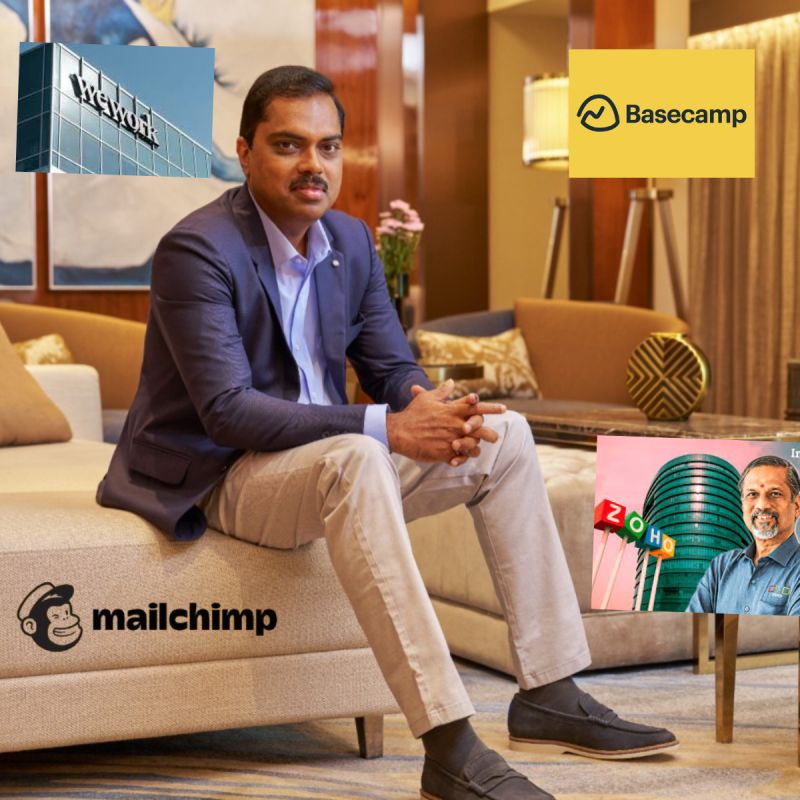
Not every startup story that makes headlines ends in success. While some grow fast with investor money, others take the slower road using their own funds. Which path truly builds lasting success?
When a startup gets a big investment like $10 million, it usually makes the news. People praise the founders, and the investors get lots of attention. It looks like the company is growing too fast.
But what about the startups that don’t take investor money? The ones that grow slowly and steadily, without any big headlines? They might not be famous, but they’re still doing well.
Now, imagine five years later.
The company that got a lot of money may have grown really fast, but spent all its cash and couldn't handle the pressure. Many of these companies shut down.
But the company that used its own money and grew slowly? It’s still around and often doing even better than before.
Let’s look closer at the differences between using investor money (called venture capital) and using your own money (called bootstrapping) to build a company, and what those choices really mean for the people who start the business.
1.Freedom or Pressure: Who's Making the Decisions?
Investors who give money to startups usually want quick results. They expect the company to grow 3 to 10 times bigger each year. This means more pressure on the business to expand fast, hire people, and make big moves sometimes before it’s ready.
That might sound exciting, but growing that fast can be very expensive. The company might hire too many people, spend too much money, and try too hard to beat others. In the end, it can run out of money quickly, which is very risky.
Taking investor money doesn’t always mean success. In fact, around 75 out of every 100 startups that take this money end up shutting down. The biggest reason is simple: they run out of cash.
But companies that grow using their own money (bootstrapped startups) usually grow slower, like 20% to 50% each year. Still, they focus on making a profit from the start. Because they only spend what they earn, they have a better chance of surviving.
Take WeWork, for example. It got a huge amount of money, $22 billion, and everyone talked about how successful it was. But things went wrong. The company grew too fast, made poor decisions with money, and wasn’t managed well. In the end, it failed in a very big and public way.
Now look at Basecamp, a company that didn’t take investor money and used its own to grow. It’s been around for over 20 years. It didn’t grow very fast, but it makes steady money, runs smoothly, and is still fully owned by the people who started it. No big problems. No failure.
2. Ownership & Payoff
Ownership is a major difference between bootstrapping and taking funding. If you build a business with your own money, you own all of it. But with investors, they get a part, and the more you raise, the smaller your share becomes.
When founders take money from investors, they have to give away part of their company. Each time they raise more money, they give away more, sometimes 20% to 30% each time.
So, by the time the company is sold or goes public, the founders might only own a small piece, less than 10%. That means even if the company sells for $100 million, the founder might only get $5 to $10 million.
Now, think about a founder who didn’t take any investor money. They own 100% of their company.
If they sell their company for $100 million, they get to keep all of it (except for taxes). No sharing with investors, it's all theirs.
A great example is Mailchimp. The founders built the company slowly over 20 years without taking any money from investors.
When they sold it to another company (Intuit) for a huge $12 billion, they got to keep all the money. That’s a lot of money, and it happened because they were patient and made smart choices.
3. Decision-Making & Pressure
VC money isn’t just about the cash; it also brings a lot of pressure.
Investors often push founders to grow fast, even if it means rushing things. That could mean hiring too quickly, launching a product before it’s ready, or lowering quality to meet certain goals.
If those risky moves don’t work, the pressure gets even worse. Bootstrapped founders, who use their own money, get to make all the decisions.
Using their own money gives founders freedom. They decide how fast to grow, what plans to follow, and how to shape the company’s future, without answering to any investors.
A good example is the difference between two Indian software companies: Zoho and Freshworks.
Zoho has more than 120 million users and has grown using its own money for over 20 years. It makes steady profits and has never had to take money or follow rules from outside investors.
Freshworks, on the other hand, took money from investors and raised over $300 million before becoming a public company in 2021. At first, things looked good. But later, the company lost $57 million in just one quarter.
Trying to grow too fast can cause problems even after going public.
In the startup world, growing fast isn’t always the best choice. Getting money from investors can help a company grow quickly, but it also brings a lot of pressure and risk. Founders may lose control of their company and feel stressed to grow too fast.
Companies that grow with their own money often take time. They aren’t always in the news, but they’re more solid, make regular profits, and the founders don’t have to give up any control.
In the end, real success is about building something strong that lasts a long time, not just growing fast and getting attention.
Have you built something from scratch or worked at a startup? Share your experience in the comments!

A Major Breakthrough: An Indigenous Deep Brain Stimulator in Kerala to Transform Parkinson’s Care

Why Your Job Is Not Your Career and Why Does That Matter?

How AI is Changing What it Means to Be a Developer
